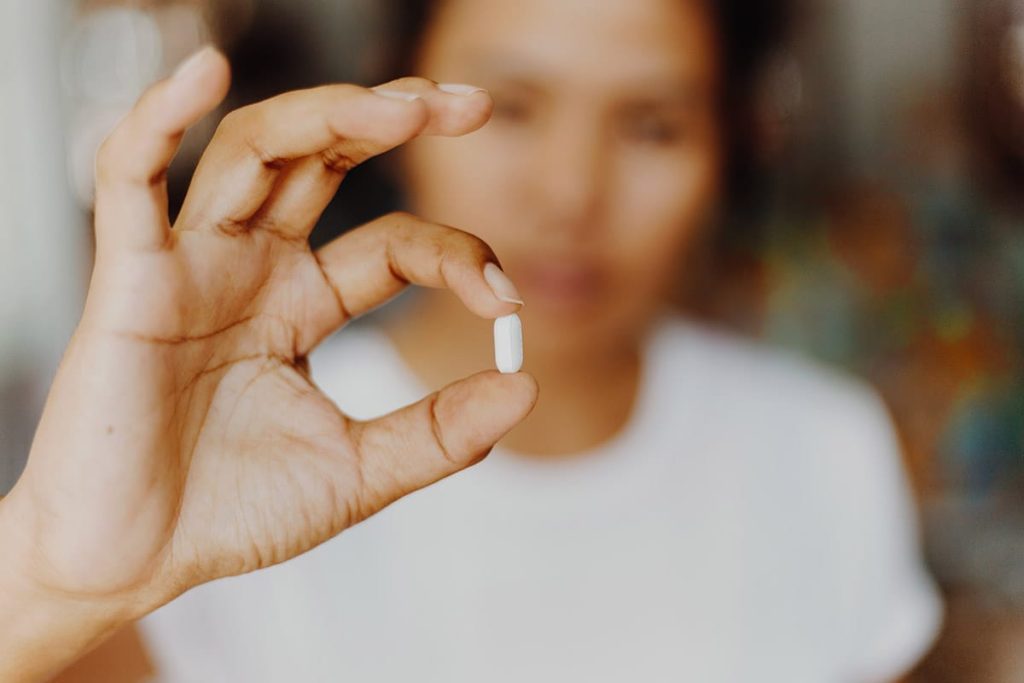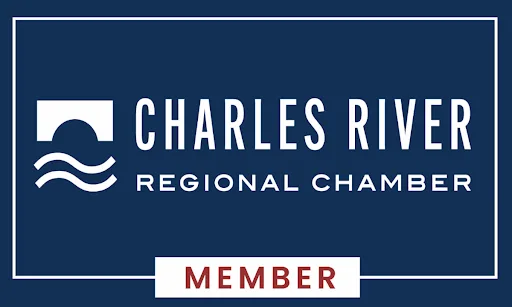Signs of Prescription Drug Abuse in a Loved One
Clinically Reviewed by Dr. Kate Smith

Prescription drug abuse is a serious public health hazard. In 2020 alone, over 16 million Americans abused prescription medications or took them other than what they were prescribed. This could mean taking more than the prescribed amount of medication, taking medication that wasn’t prescribed to you, becoming addicted to prescription drugs, or even overdosing. Prescription drug addiction treatment can put people on the path to recovery and sobriety, especially with early intervention. The first step is learning the signs of abuse.
Which Prescription Drugs Are Most Likely to be Abused?
Many prescription drug addictions begin with the person taking a doctor-prescribed drug for a legitimate need, like chronic pain or anxiety. The addictive properties of certain medications can cause people to manifest signs of prescription drug abuse before they even realize it.
There are three types of prescription medications that are most likely to cause addictions.
1. Opioids
Also known as painkillers, they bind to receptors in the brain and diminish pain signals. They also increase dopamine, a “feel-good” chemical. Some common opioid chemicals and medications include:
- Oxycodone (in Oxycontin and Percocet)
- Hydrocodone (in Vicodin and Norco)
- Codeine
- Fentanyl
- Morphine
- Hydromorphone (in Dilaudid)
2. Sedatives and Central Nervous System Depressants
These are often prescribed for sleep disorders, anxiety, or seizures. These drugs have a hypnotic effect and can slow body and brain activity. Some common sedative chemicals and medications include:
- Diazepam (in Valium)
- Lorazepam (in Ativan)
- Alprazolam (in Xanax)
- Zolpidem (in Ambien)
- Clonazepam (in Klonopin)
3. Stimulants
Stimulants are used to treat conditions like attention deficit hyperactivity disorder and narcolepsy. These chemicals increase activity in the brain’s neurotransmitters and release dopamine.
Some stimulant chemicals and medications include:
- Amphetamine (in Adderall)
- Methylphenidate (in Ritalin and Concerta)
- Dextroamphetamine (in Dexedrine)
- Modafinil
Any of these medicines can cause physical dependence. Someone may need much higher doses over time to achieve the same effect or experience unpleasant withdrawal symptoms when cutting back their use. Addiction is different from dependence; people who are addicted to prescription drugs have a compulsion to use them, even when their drug use creates problems.
Physical Signs of Prescription Drug Addiction
Signs of prescription drug addiction vary depending on the type of drug. People who abuse opioids may suffer from:
- Slowed breathing
- Nausea or vomiting
- Constipation
- Drowsiness
- Increased pain that can only be relieved with high doses
- Poor memory and concentration
- Low blood pressure
People who abuse stimulants may suffer from:
- High blood pressure
- Irregular heartbeats
- High body temperature
- Insomnia
- Agitation and anxiety
- Sweating or chills
- Seizures
- Dilated pupils
- Uncontrolled muscle movements
- Paranoia or aggression
People who abuse sedatives may suffer from:
- Confusion
- Poor memory and concentration
- Slow or slurred speech
- Headaches
- Drowsiness
- Poor physical coordination
- Low blood pressure
- Rapid eye movements
In the worst-case scenario, all three types of medications can potentially lead to fatal overdoses.
Behavioral Signs of Prescription Drug Addiction
If you notice some of the physical symptoms along with several behavioral signs of prescription drug abuse, you may have a reason for concern. Someone who has developed an addiction to prescription drugs might:
- See multiple doctors for the same health condition
- Steal, forge, or sell prescriptions, or otherwise break the law to obtain prescriptions
- Have excessive, unusual mood swings
- Drastically change their sleep patterns, either sleeping much less or much more
- Use medicines prescribed for other people
- Appear unusually energetic or sedated
- Require constant prescription refills and higher doses
- Withdraw from friends and family
- Want to stop abusing the drug but be unable to
- Neglect school or work obligations because of drug use
If a loved one’s behavior changes in confusing ways, or they’ve had problems with prescription drug abuse in the past but continue to take the same medication, it may be time to consider prescription drug addiction treatment.
Prescription Drug Addiction Treatment at GBAC
Because withdrawal symptoms can also present health complications, it’s safest to detox from prescription drugs under medical supervision. A prescription drug treatment center helps clients through the detoxification process; doctors may choose to “taper” someone off the drug by gradually reducing their doses or providing medication to relieve symptoms.
But detox is only the beginning of treatment. Good rehab centers take a comprehensive approach, including individual and group therapy, where clients learn healthy coping skills to manage their cravings. Cognitive-behavioral therapy, or CBT, is a common technique used to change thinking patterns and empower clients to avoid relapse.
Some clients, particularly those with a history of abusing opioids, may benefit from medication-assisted treatment. Professionals prescribe FDA-approved medications designed to reduce withdrawal symptoms, and clients take monitored doses in a supervised setting. With fewer physical symptoms, clients can better focus on the mental and emotional work of recovery.
The outpatient treatment programs at GBAC provide world-class medical and psychiatric care on a flexible schedule. Daytime and evening intensive programs are available, as well as day treatments for clients who need more support. Help is available for your loved one; contact 877.920.6583 or reach out online to get started.
Live Sober
Live Connected
Greater Boston Addiction Centers
Rehab Blog

